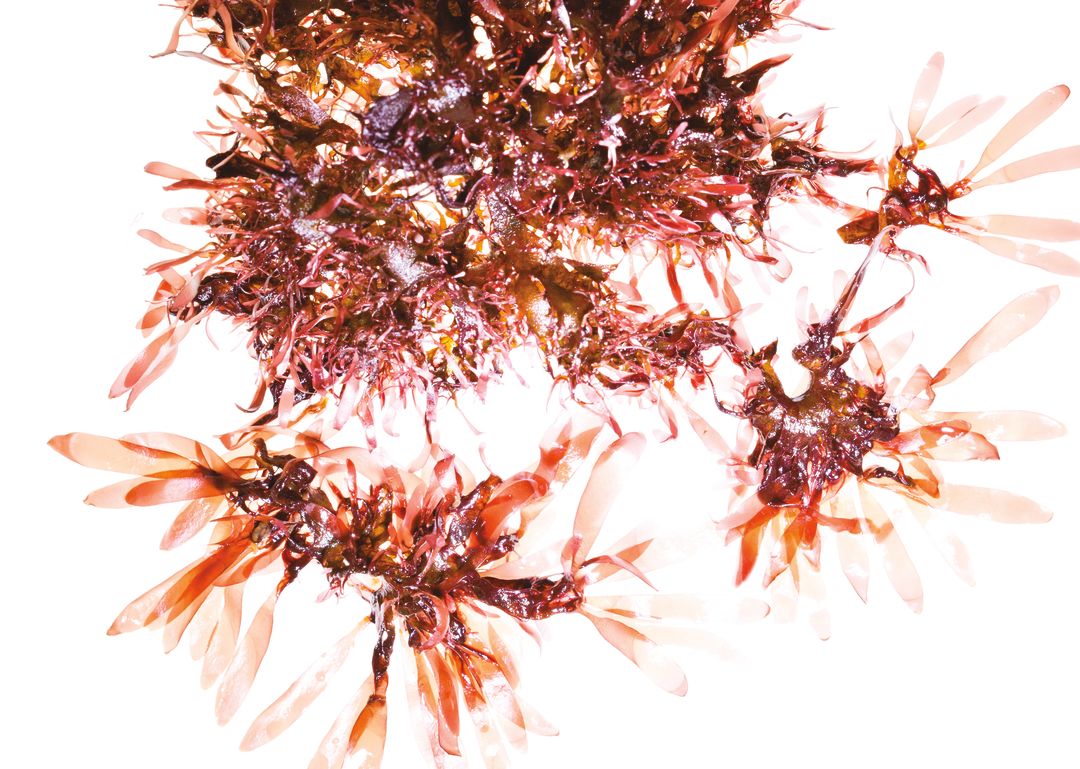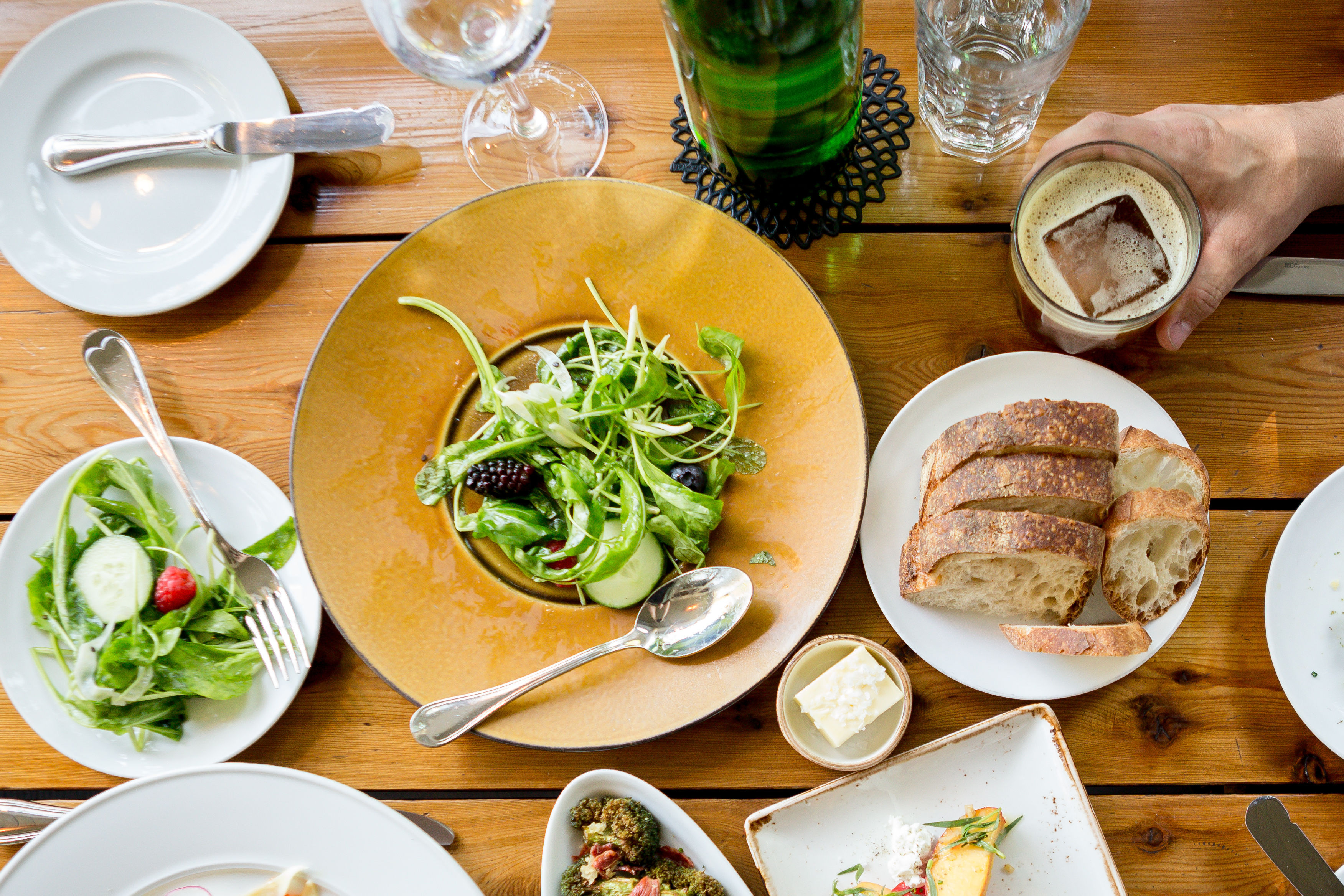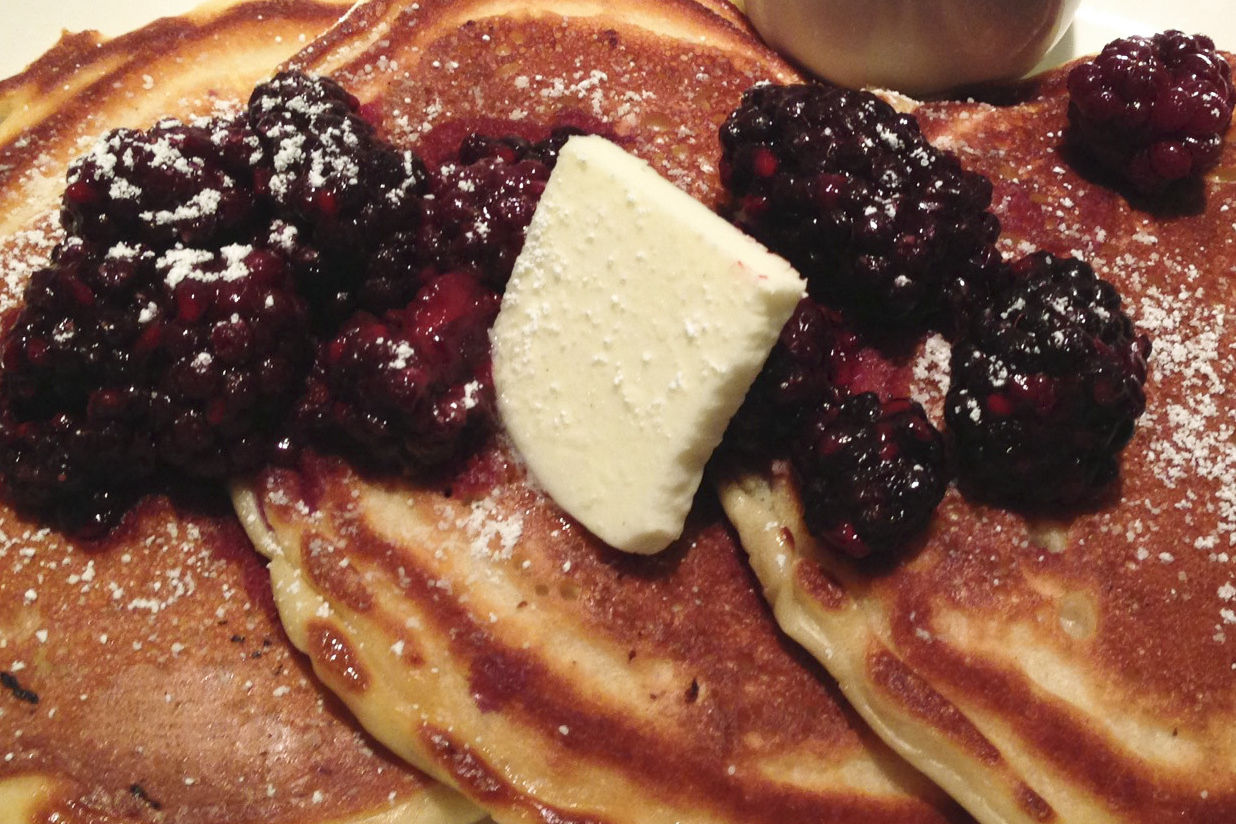Is Oregon-Farmed Seaweed the Superfood of the Future?

Image: Michael Novak
Move over kale. Portland has a new superfood crush. Dulse (rhymes with “pulse”), a crimson seaweed with the umami goodness of bacon and the nutritional punch of a dark leafy green that Northern Europeans started eating centuries ago, is quickly charming local chefs and health food grocers.
At downtown’s Imperial, chef Vitaly Paley’s kitchen crew serves dulse fried with aioli or sprinkled atop tuna poke and grilled salmon. Homegrown grocery chain New Seasons started selling a tamari-and-ginger-based dulse salad dressing at all of its metro-area stores in January. According to New Seasons partner-brands development manager Chris Tjersland, it’s the chain’s best-selling salad dressing, flying off shelves at nearly double the volume of top-selling ranch dressings.
The seaweed served at Imperial and mixed into salad dressing isn’t foraged from the ocean, but farmed in 8,000-liter tanks on the Oregon Coast. Chris Langdon, a marine biologist at Oregon State University’s Hatfield Marine Science Center, began cultivating this strain as fish food for abalone in 1995. In 2014, OSU business school marketing professor Chuck Toombs paid a visit to Langdon’s lab, and the farmed dulse started its journey to menus for humans.
Toombs, who started a company called DulsEnergy in 2015, is scaling up quickly to produce dulse crackers, brittle, and even trail mix. He’s leasing four additional acres in Newport—enough space for 300 additional tanks, which translates to a quarter million pounds of dulse a year, if all goes well.
“I get about 10 to 20 calls a week,” says Toombs, who still sounds dumbfounded by dulse’s popularity. “This stuff already sells at Whole Foods for $60 a pound. I think it’s here to stay.”




